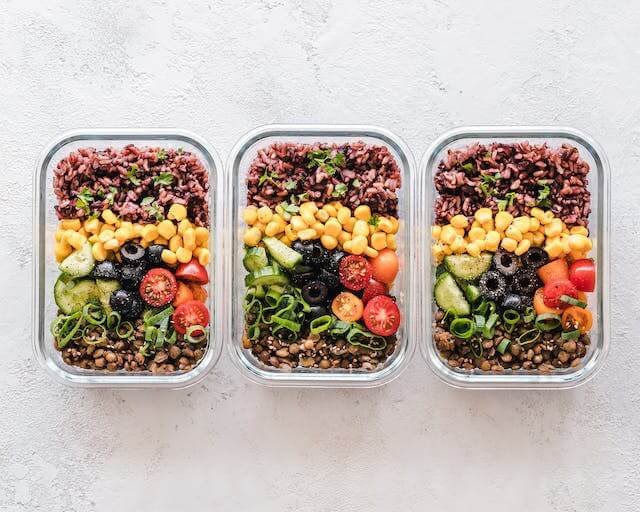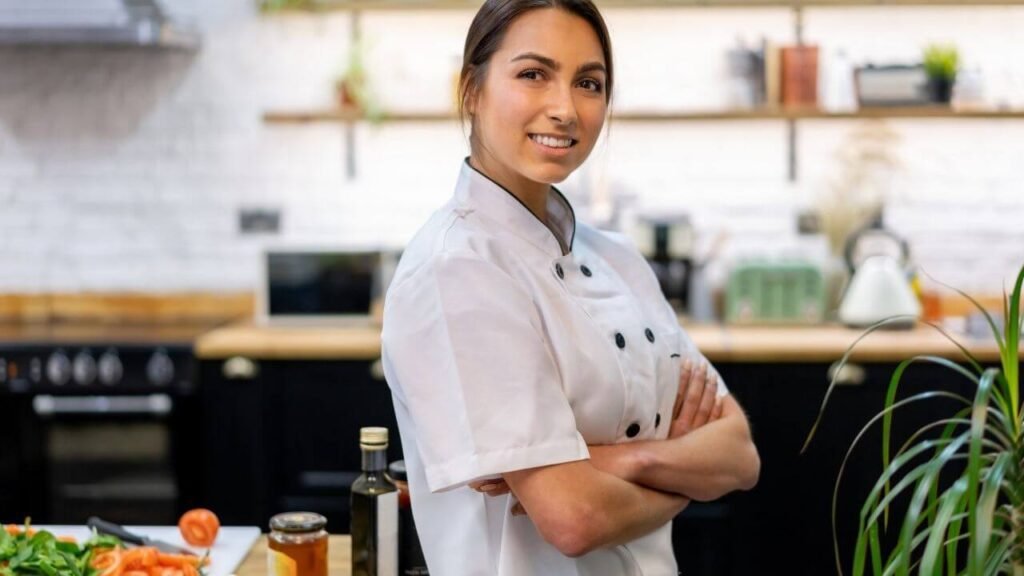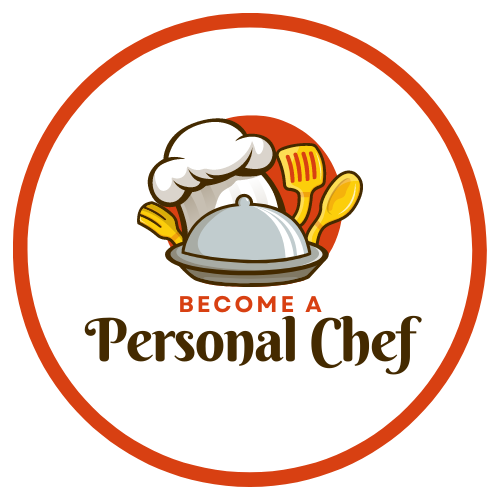Table of Contents
TogglePlanning Meals with a Personal Chef
When it comes to making lifestyle changes and ensuring that you are eating properly, one of the best options is to hire a personal chef. Having a personal chef come in and cater specifically to your needs is beneficial in many ways.
From saving time and money to being able to make sure you are getting all the right nutrients in your diet, there is certainly no shortage of advantages to hiring a personal chef. However, before you do so, there are some things that should be taken into consideration. Planning meals can become overwhelming if not done properly.
Eager to unlock the secret of a thriving personal chef business? Dive into our comprehensive guide that lays out every step and strategy you need to master. Don’t miss out, read my Become A Personal Chef article for an in-depth exploration of your future successful career as a personal chef!

Here are some tips on how to plan meals with a personal chef:
- Know your budget: Setting a budget before starting to plan meals will help you figure out how many meals you can afford, and how much should be spent on each meal.
- Research recipes: Look into different types of recipes that best fit your dietary needs so that you get the essential nutrients your body needs and stays healthy.
- Consider allergies/intolerances: Consult with the chef about any allergies or intolerances you may have to make sure all dishes are safe for consumption.
- Plan for special occasions: Take into account any special occasions such as birthdays and holidays when planning with the personal chef so that everyone involved is adequately prepared for these events ahead of time.
- Analyze portion sizes: Make sure appropriate portioning sizes per meal are considered so no one is over- or under-eating during their meals.
- Choose seasonal produce: Using seasonal ingredients ensures fresher quality produce, as well as better pricing points for what’s in season at the time being cooked in the kitchen.
- Think about food storage: It’s important to think about what kind of food storage containers will be used to store leftovers if cooking more than one serving per dish, whether it’s disposable or reusable food containers; this should be taken into consideration when discussing meal planning options with the chef beforehand.
- Discuss proper clean-up techniques: Ensure clear communication between both parties on who is responsible for washing up any dishes used after cooking so there isn’t any confusion following the preparation process later on down the line!
- Talk through responsibilities: Go through a checklist of tasks like grocery shopping, chopping, etc., that each person involved should expect to do prepping (if needed) before cooking in order to streamline efficiency when creating tasty dishes together!
- Utilize technology tools: There are plenty of technological pieces available today such as mobile apps or websites designed specifically to plan menus ahead of time which can help keep everyone organized throughout their shifts from start until finish!
- Incorporate customer feedback forms: Creating customer feedback forms lets customers voice their opinions on what worked and what didn’t work during their shifts so chefs know exactly where improvements need to be made!
- Consider dietary restrictions: Any dietary restriction should be discussed between both parties beforehand so those restrictions can accordingly be taken into consideration when planning meals with the personal chef going forward!
- Account for taste preferences: Different tastes preferences can also play an integral role in meal planning since everyone has different favorites, they enjoy eating more than others; this means it’s important to make sure flavors match individual needs amongst all participants beforehand!
- Create detailed timelines: Planning out timeline details including approximate start times, estimated finish times, break times (if applicable), etc., helps ensure everything runs smoothly throughout shifts without any unexpected setbacks or delays along the way!
- Take charge of ordering ingredients: Depending on whether you want all ingredient orders handled by yourself or if wanting them ordered by someone else, discuss who will take charge when it comes time for ingredient procurement prior preparing food; this helps eliminate confusion when certain items may run low or need replenishing during sessions!
Wondering what tools a personal chef might need? I’ve written an extensive article for you – A Comprehensive List Of Must-Have Tools and Essential Items for the Personal Chef

Planning Meals with a Personal Chef
These tips will help ensure success when it comes to planning meals with a personal chef – from researching recipes, considering allergies/intolerances, creating feedback forms, analyzing portion sizes and ordering ingredients – these guidelines will make all tasks leading up towards enjoying delicious home cooked meals easier and more enjoyable!
Here are some of my favorite tools for providing my personal chef service
As an experienced personal chef, I’ve found that the secret to creating mouthwatering dishes goes beyond just having a passion for food. It’s also about using the right kitchen tools. Today, I’m going to share with you my must-have kitchen items that help me bring my culinary creations to life.
1. Chef’s Knife
The first item on my list is a high-quality chef’s knife. It’s the most versatile tool in my kitchen, perfect for chopping, slicing, and dicing. My preference is for a Global Chef’s Knife, known for the edge and the way they are balanced.
2. Cast Iron Skillet
Next up is a good old cast-iron skillet. From searing steaks to baking cornbread, this pan does it all. I love the Lodge Cast Iron Skillet, which retains heat beautifully and adds a nice crust to anything you cook.
3. Stainless Steel Pots and Pans
A set of stainless steel pots and pans is essential for a variety of cooking techniques. They’re great for simmering, boiling, and sautéing. All-Clad’s Stainless Steel Cookware Set is my go-to choice for its exceptional performance and durability.
4. Immersion Blender
An immersion blender makes pureeing soups, making smoothies, and blending sauces a breeze. I suggest the Braun Multiquick Hand Blender, which is powerful, easy-to-clean, and highly versatile.
5. Digital Thermometer
To ensure perfectly cooked meats every time, a digital thermometer is a must. The ThermoPro TP19 Waterproof Digital Meat Thermometer provides speedy and accurate readings, ensuring your roast chicken or prime rib is cooked to perfection.
6. Silicone Spatula
A silicone spatula is a chef’s best friend for its versatility. It’s heat-resistant, non-stick, and perfect for everything from folding batter to stirring sauces. I recommend the OXO Good Grips Silicone Spatula.
7. Stand Mixer
Lastly, for avid bakers, a stand mixer is a game-changer. The KitchenAid Artisan Series 5-Qt. Stand Mixer isn’t just a pretty face; it makes mixing doughs and batters effortless.
These are the tools that I use daily in my personal chef service. Remember, quality tools make a difference, but they don’t have to break the bank. Start with the basics and add on as you grow more comfortable and adventurous in the kitchen.
Happy cooking!

